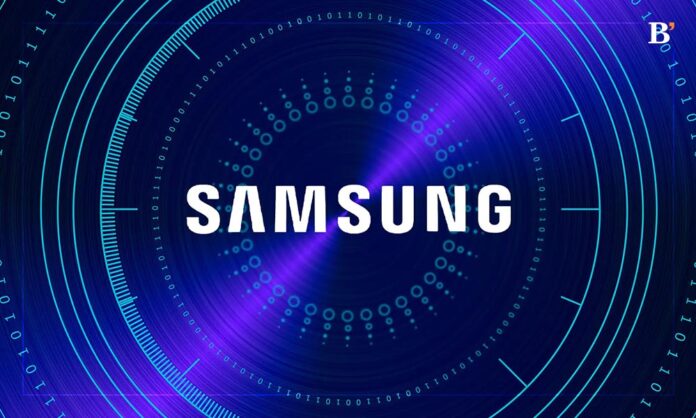Key Highlights
- Samsung Electronics announced that it had begun mass production of the 1-terabit eighth-generation Vertical NAND (V-NAND).
- It is the world’s fastest and most capacious chip.
In 2013, Samsung developed a 24-layer NAND chip in which the cells and storage spaces were stacked vertically for the first time in the world. Since then, technological evolution has led to the mass production of the eighth generation of NAND, which now has more than 200 layers.
Stacking up cells in a limited space has also accelerated the chip’s storage capacity and processing speed. Samsung said that based on the Toggle DDR 5.0 interface, the latest NAND flash standard, Samsung’s eighth-generation V-NAND features an input and output (I/O) speed of up to 2.4 gigabits per second (Gbps), a 1.2X boost compared to the previous generation.
Samsung explained that V-NAND also features triple-level cell (TLC) technology that allows each cell to hold three bits of information, giving the chip “the industry’s highest bit density.
| Everything You Need To Know About Automechanika Dubai |
Research Stats
According to market research firm Omdia, the NAND market had remarkable growth between 2016 and 2021, increasing from US$36.8 billion to US$68.4 billion. The mass adoption of smartphones and the expansion of data centers, among other factors, drove that growth.
One benefit of NAND chips is that they retain data even when the device is shut down. They are also minimal, which has led to their widespread adoption in smartphone memory, flash drives, and solid-state drives.
As of the year’s second quarter, Samsung Electronics was the most significant player in the NAND market, with a 33.3% share. The next two most notable companies were Korea’s SK Hynix (including Solidigm) and Japan’s Kioxia, with shares of 20.4% and 16.0%, respectively.
The demand for NAND memory is predicted to keep growing now that automakers have begun installing high-performance memory chips in vehicles. Samsung Electronics anticipated that servers, mobile devices, and vehicle electronics would be the three biggest demand areas for NAND memory after 2030.
Chipmakers compete more fiercely than ever to add more layers to their NAND memory. American company Micron Technology said that it has begun producing 232-layer NAND memory. SK Hynix announced that it had developed a 238-layer NAND, with mass production slated to start in the first half of 2023.
Now that its eighth generation of V-NAND is in production, Samsung Electronics plans to start mass production of the ninth generation in 2024. It also aims to develop V-NAND memory with more than a thousand layers by 2030, representing a fivefold increase from the seventh generation’s count of 176 layers.
SungHoi Hur, Samsung’s executive vice president of flash products and technology, said that their eighth-generation V-NAND would help meet rapidly growing market demand and better position them to deliver more differentiated products and solutions.




